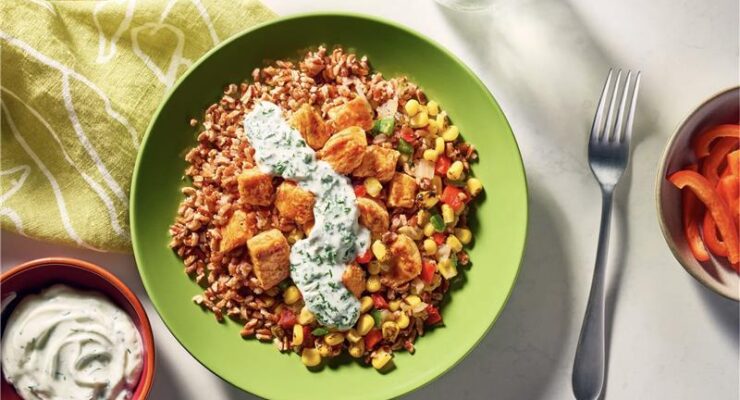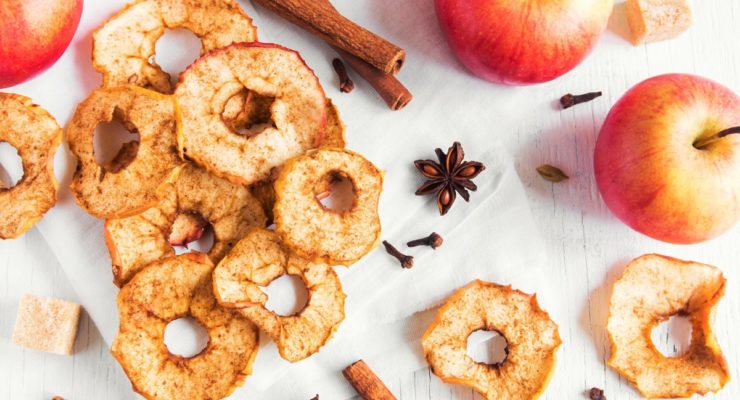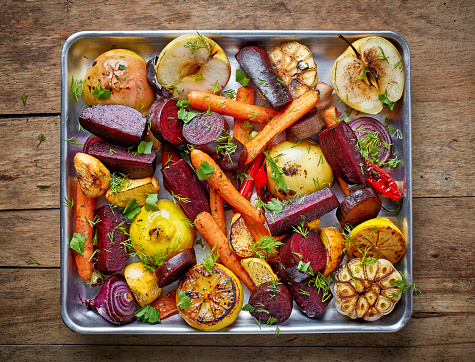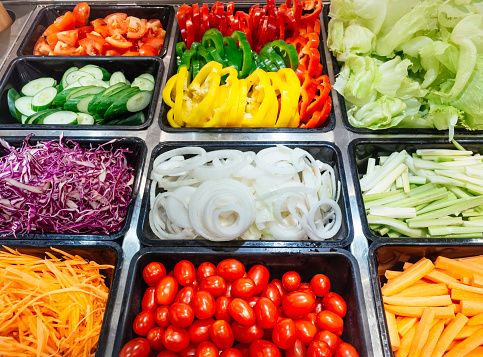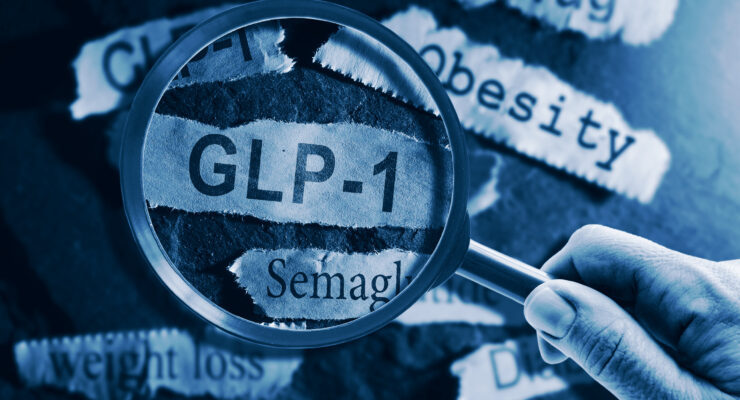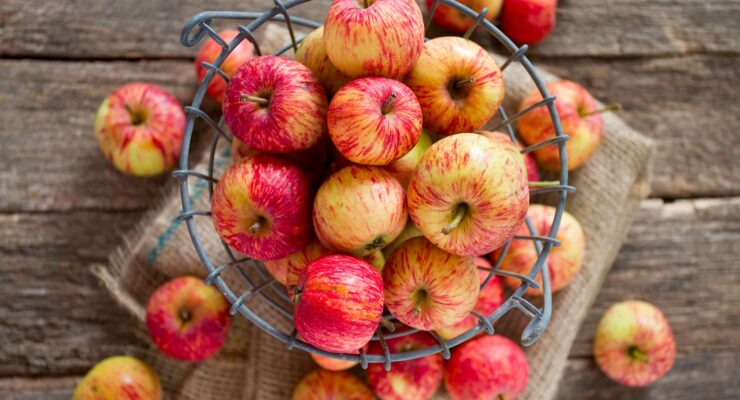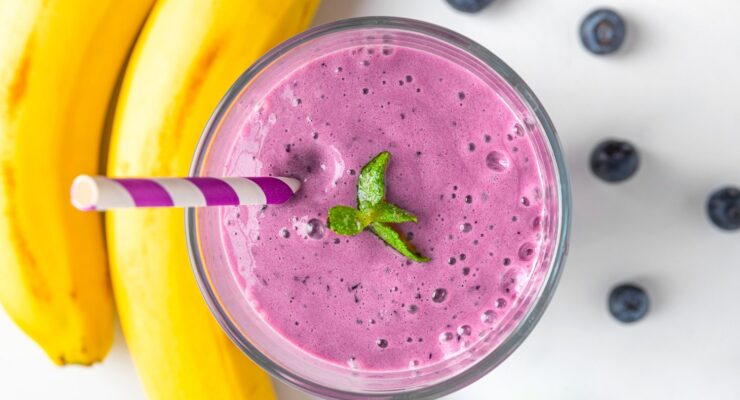Pass the Plants! 8 Surprising Sources of Protein
Article posted in: Diet & Nutrition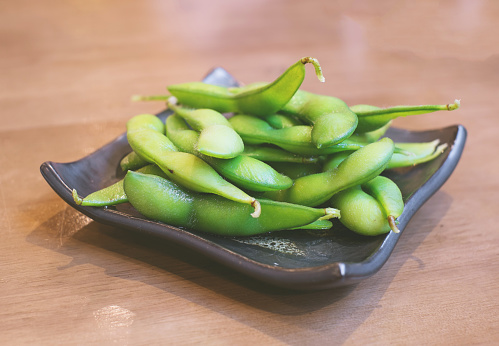
Protein is the building block of muscle, but even if you aren’t after a Schwarzenegger body, eating more lean protein can make you healthier. Muscle tissue burns more calories at rest than fat does, causing a small increase in metabolism. And protein can help you eat less because it takes longer to digest than carbohydrates—meaning you feel fuller, longer.
And when you get extra protein from vegetable sources, it comes with a bonus: Fiber. It makes you feel full faster, and then controls the speed of your digestion so you feel fuller, longer. Paired with protein, they make a powerful appetite-controlling pair. Just remember: It’s important that you consume a variety of plant-based foods (think grains, seeds, nuts, legumes, beans, soy and dairy) to ensure that you’re eating all the essential amino acids (the building blocks of protein), vitamins and minerals you need.
Here are eight sources of plant-based protein that can give your weight loss efforts a boost. And, with the easy preparation method listed for each one, you won’t have to be a chef to incorporate more of each into your diet:
1. Edamame
How much protein? A lot! Cooked edamame contains 22 grams of protein per cup. And if you’ve ever eaten these tasty little beans as an appetizer before sushi, you know that eating a cup of those salty pods is not a problem. The 22 grams of protein they bring along supplies around 40 percent of the average male’s daily protein needs, and almost 50 percent of women’s daily protein needs.
Nutrition bonus: Like many of the vegetables on this list, edamame has lots of potassium. It’s a nutrient that many Americans don’t get enough of, which isn’t good—your body uses potassium to make your heart function correctly. One cup of edamame provides about 970 milligrams of the stuff. That’s more than you’ll get in two bananas.
Easy prep: Steam ‘em! Just like you’d get before sushi. Simply boil a few inches of water in a pot with a steamer basket. When the water boils, add the edamame to the steamer basket and allow them to steam until the pods become bright green. Remove from the heat, sprinkle on some salt and enjoy. A half cup of cooked, de-shelled edamame counts as one PowerFuel on Nutrisystem.
2. Cooked Spinach
How much protein? One cup of cooked spinach contains 5.3 grams of protein, which is almost as much as the 6.3 you’ll get from a hardboiled egg, often referred to as the “perfect protein.” But the spinach will only run you 41 calories, compared to 78 for the egg.
Nutrition bonus: More potassium! Your cup of cooked spinach delivers 838 milligrams of the heart-function-helping stuff. That’s far more potassium per gram of spinach than you’d get from an equivalent amount of banana, and for far fewer calories. Plus, spinach also dishes out calcium and folate as well.
Easy Prep: Saute it! Add about a teaspoon of olive oil to a pan, and heat to medium. When the oil shimmers, toss in your spinach and season with salt and pepper. Stir the spinach until it wilts and shrinks. A whole bag of spinach leaves will yield about two cups of cooked spinach. Watch this recipe video for more details on sauteing this leafy green.
3. Green Peas
How much protein? About one gram for every 15 calories you eat. That’s not quite on the level of steak or chicken, but at 5.4 grams of protein per 100 grams of peas (almost ¾ of a cup), it’s a perfect filling side for those main-course meats.
Nutrition bonus: One cup of peas has 97 percent of your daily Vitamin C, 22 percent of your daily Vitamin A, and 30 percent of your daily fiber—which, as you’ll remember, can make you feel fuller longer.
Easy Prep: Make your salad sweeter! There’s a reason “eat your peas” is synonymous with doing something good for you that you don’t like—many people don’t like the consistency of cooked peas. So don’t cook them! Toss a pile of shelled, raw peas into your next salad. They’ll add interesting texture as they pop in each bite, and sweetness as a bonus—meaning you can save calories on sweet dressings in favor of lower-calorie toppings for your veggies.
4. Kale
How much protein? About the same per calorie as you’ll get from two-percent milk. For every 15 calories of kale you eat, you’ll consume a gram of protein.
Nutrition bonus: Calcium. Not only does kale contain the same protein-per-calorie as two-percent milk, it also contains more calcium-per-ounce than milk. Who knew a salad could give you stronger bones?
Easy prep: Make chips! Preheat the oven to 425 degrees and cut a bunch of kale into one-inch strips. Spread them evenly on a baking sheet and spray with zero-calorie cooking spray. Season them liberally with black pepper, and lightly with salt. Toss the leaves and re-spread into a single layer. Cook them in the oven for 15-20 minutes, or until the edges turn brown and crispy. Eat them right away, because they won’t keep!
5. Lima Beans
How much protein? You’ll get about the same protein, calorie-for-calorie, as you do from a hardboiled egg: A half-cup of lima beans delivers seven grams of the muscle-building stuff.
Nutrition bonus: Again, potassium. When you’ve finished eating all these veggies, not only could you weigh less and be stronger, you could also have a perfectly-functioning heart: Lima beans have 477 milligrams in a half-cup serving.
Easy prep: Add flavor when you boil them. Lima beans inspire an “ick” factor with memories of bland sides from childhood. Add some flavor: Start by sauteeing half an onion. Bring a saucepan to medium-low heat and spray with zero-calorie cooking spray. Add the onions and stir to coat. Saute for 3-5 minutes, or until the edges start to brown and the onion pieces soften. Add 1/2-cup of chicken broth and 3/4-cup of water, and turn up the heat. Bring the liquid to a boil, then toss in the beans. Turn down the heat to low, and let the onions, broth and beans simmer for 20 minutes, as if you were cooking rice. Drain and serve.
6. White Button Mushrooms
How much protein? OK, not that much, but mushrooms don’t have much in the way of calories, either. A cup of white button mushrooms has just 21 calories, but also has three grams of protein—that’s one gram for every seven calories, better than many meats.
Nutrition bonus: Vitamin D. You’ll get about as much of this bone-strengthening nutrient per calorie of mushrooms as you do from a calorie of milk. Of course, you’re not going to get nearly as many calories eating the mushrooms—which means you’ll look better out in the sun … so you’ll get even more Vitamin D.
Easy prep: Add them to pizza! This is a no-brainer. That plain frozen pizza just looks sad. Instead of piling on the calories and grease with pepperoni, slice a pint of mushrooms and put them on top.
7. Broccoli
How much protein? About 1.25 grams per 15 calories of broccoli—better than kale, which was better than two-percent-milk. Broccoli brings the protein heat with 2.5 grams of protein per cup, which is only about half a serving of these delectable trees.
Nutrition bonus: With 41 milligrams of calcium per cup, plus vitamin K for days, broccoli is a definite nutritional superstar.
Easy prep: Roast it with parmesan! Cut a large head of broccoli into medium-sized florets, and spread evenly on a baking sheet. Spray lightly with cooking spray, and season lightly with salt and pepper. Sprinkle them with 1/4 cup of grated parmesan. Bake them at 425 degrees for 15-20 minutes, or until the edges start to brown.
8. Cauliflower
How much protein? One cup of boiled cauliflower has 2.3 grams of protein and just 27 calories. Those 2.7 grams seem kind of puny on the protein scale … until you consider that you can use cauliflower and a little kitchen magic to replace rice, which has 205 calories per cup (and 4.3 grams of protein). So you can eat twice as much volume, get the same protein, and save 150 calories. Pretty amazing!
Nutrition bonus: One cup of cauliflower provides 48 milligrams of choline, which helps with brain function and is essential for pregnant women. The most commonly-mentioned source of choline is an egg, which provides 110 milligrams. Two cups of this cauliflower rice matches that.
Easy prep: Turn it into rice. Take a large head of cauliflower and use a food processor or cheese grater to make small, rice-sized pieces. Spray a saucepan with cooking spray and cook the rice for about 10 minutes. Once it’s tender, squeeze in some lime juice and crack in some salt and freshly-ground black pepper. Check out this video for more instructions on turning cauliflower into rice.

